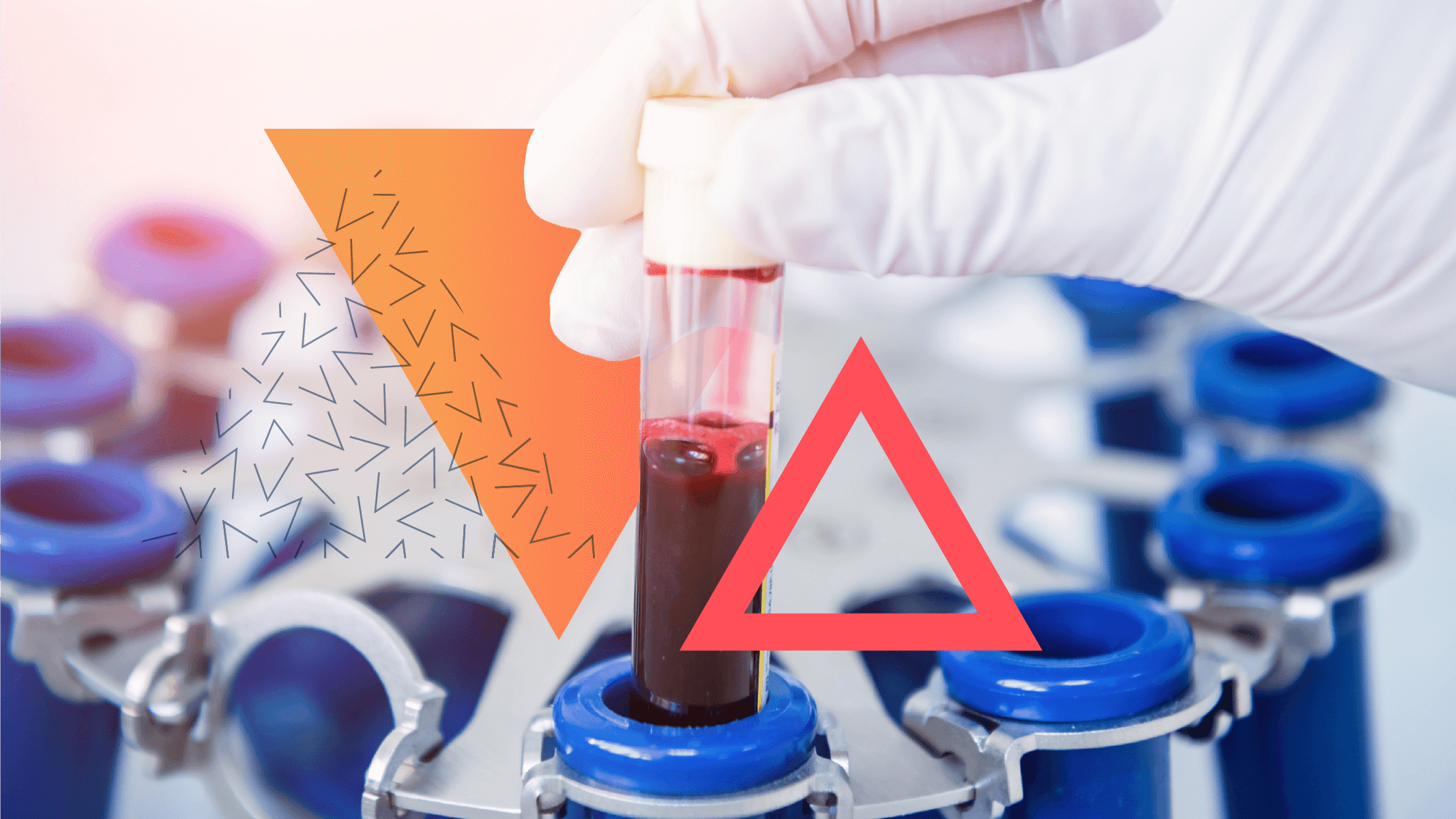Applications | Dermatology
Dermatology and Metabolism
Revolutionize skincare with precision. Navigate dermatological discoveries using metabolomics.

Used By







Featured Dermatology Resources

Metabolomics in Dermatology
Dermatology research has long grappled with the complexity of understanding the underlying molecular mechanisms driving various skin conditions. Traditional investigative methods often fall short in providing a comprehensive view of the dynamic metabolic changes associated with dermatological disorders. This limitation hinders the development of targeted and personalized treatments as researchers struggle to identify the intricate interplay between different biochemical pathways, metabolites, and cellular processes involved in skin health and disease.
Skin retains numerous metabolites. Some of these metabolites fulfill specific physiological roles, while others are by-products of metabolism. The skin surface can be sampled to detect and quantify skin metabolites related to diseases. Metabolites present on or within skin originate from sweat, sebum, and protein degradation occurring in the outer layers of skin or from interstitial fluid.
Sebum, is a complex mixture of lipids, secreted by sebaceous glands, whereas sweat is enriched in small molecules such as amino acids secreted from eccrine or apocrine glands. The origin of sweat influences its biochemical composition. Other metabolite influencers include exogenous sources of skin stressors, such as UV light (UVA and UVB), as well as pollution in the form of gases and particulate matter. Residues from topical drugs and consumer products also affect chemical composition of skin. Since Metabolon has a clear understanding of the skin industry’s R&D needs, we have developed and tailored our technology and offerings to allow for the effective metabolomic and lipidomic profiling of several different skin-derived matrices and sample types, from non-invasive Sebutapes® and D-Squame® discs to biopsies and cell culture samples. Combined, lipidomics and metabolomics can capture biomarkers of disease, wound repair, exposures, hydration, and more.

Uncover Functional, Actionable Insights with Metabolomics
More research is needed to understand the complex molecular mechanisms driving skin diseases and disorders. Metabolon can help researchers identify and characterize the biochemical pathways and metabolites associated with various skin diseases. Global and targeted metabolite panels designed specifically for skin metabolites can facilitate the identifcation of actionable biomarkers associated with disease severity and progression and that may serve as promising therapeutic targets.
Precision Diagnosis and Assessment of Risk of of Skin Diseases
Metabolomics can play a significant role in both assessing the risk and aiding in the diagnosis of various skin disorders. By analyzing metabolic profiles in patients with a family history or other risk factors, clinicians can pinpoint potential biomarkers or metabolic alterations associated with increased susceptibility. This information enables early intervention and preventive measures to mitigate the risk of disease development.
Dai HD, Qiu F, Jackson K, Fruttiger M, Rizzo WB. Untargeted Metabolomic Analysis of Sjögren–Larsson Syndrome Reveals a Distinctive Pattern of Multiple Disrupted Biochemical Pathways. Metabolites. 2023; 13(6):682. https://doi.org/10.3390/metabo13060682
Insight into Pathophysiological Mechanisms
Metabolomics provides a comprehensive view of the biochemical processes occurring within skin tissues, shedding light on the underlying pathophysiological mechanisms of dermatological conditions. By unraveling the intricate metabolic pathways associated with diseases such as eczema, psoriasis, or skin cancer, researchers gain valuable insights into disease progression, severity, and potential therapeutic targets. This deeper understanding contributes to the development of novel interventions and the refinement of existing treatment strategies.
Roux P-F, Oddos T, Stamatas G. Deciphering the Role of Skin Surface Microbiome in Skin Health: An Integrative Multiomics Approach Reveals Three Distinct Metabolite‒Microbe Clusters. Journal of Investigative Dermatology. 2022/02/01/ 2022;142(2):469-479.e5. doi:https://doi.org/10.1016/j.jid.2021.07.15
Monitoring Treatment Responses and Predicting Outcomes
Metabolomics allows for real-time monitoring of the metabolic changes induced by dermatological treatments. This capability not only aids in assessing the effectiveness of therapeutic interventions but also enables the prediction of treatment outcomes. By tracking metabolic responses, clinicians can make informed decisions about treatment adjustments, improving the overall management of skin disorders and optimizing patient care. For example, Metabolon’s Sebum Targeted Panel was used by Pfizer and UC Davis researchers to elucidate mechanism behind the role of lipogenesis in acne. The study results showed the translation of skin metabolomics to clinical applications by providing useful insights on the efficacy of a potential drug as a therapeutic target for acne.
Esler WP, Tesz GJ, Hellerstein MK, et al. Human sebum requires de novo lipogenesis, which is increased in acne vulgaris and suppressed by acetyl-CoA carboxylase inhibition. Sci Transl Med. 2019;11(492):eaau8465. doi:10.1126/scitranslmed.aau8465




Metabolomics Applications for Dermatology Research
- EBiomarker discovery
- EPrediction of disease progression
- EPersonalized medicine research
- EUnderstanding molecular mechanisms of disease
- EDrug discovery and development
- EMonitoring treatment response
- EDisease risk prediction
- EPrecision medicine research
- EOutcomes prediction
“Taken together, protein and metabolite analysis show a perturbation of molecular entities that contribute towards the skin barrier functioning and an enhanced repair/compensation in skin samples from Baoding. It appears that chronic exposure to pollution induces skin to be in a dynamic state to manage damage and repair simultaneously.”
Misra N, Clavaud C, Guinot F, et al.
Multi-omics analysis to decipher the molecular link between chronic exposure to pollution and human skin dysfunction. Sci Rep. Sep 15 2021;11(1):18302. doi:10.1038/s41598-021-97572-1 Available under CC BY 4.0.
Metabolomics Insights into Dermatology
Pollution is responsible for 15% of all deaths globally, and 275 million disability-adjusted life years. A major contributor to pollution is particulate matter (PM), inhalable particles found in the air that are 10 µm or smaller. PM is often associated with toxic chemicals such as heavy metals or polycyclic aromatic hydrocarbons (PAHs). A major mechanism by which PM exerts its detrimental effects is through the generation of oxidative stress which contributes to extrinsic skin aging. Previous studies of in vitro skin models have shown that exposure to PAHs leads to the disruption of several cellular processes. However, the molecular mechanisms that link pollution exposure and its impact on clinical manifestations of illness remain to be deciphered.
The Global Discovery Panel identified 350 metabolites by comparing samples from patients that live in polluted and non-polluted areas. Metabolomic analysis complemented targeted proteomic analysis to characterize pollution-dependent biochemical events. Together these analyses suggest that chronic exposure to pollution induces a dynamic metabolic state that must simultaneously manage damage and repair mechanisms.
This multi-omics approach identified 39 PAH and 143 microbes and was used to develop a multiblock data analysis method to identify multi-omics signatures to predict skin dysfunctions (acne, wrinkles, pigmented spots etc.) in a polluted environment. The results pointed to a link between the microbiome and the impact of pollution exposure.
The metabolomic signatures identified by Metabolon revealed macromolecular alterations by pollution that could develop into clinical signs of early skin pigmentation and/or other imperfections. This multi-omics signature approach can be used as a model to generate molecular maps for other human diseases.
Misra N, Clavaud C, Guinot F, et al. Multi-omics analysis to decipher the molecular link between chronic exposure to pollution and human skin dysfunction. Sci Rep. Sep 15 2021;11(1):18302. doi:10.1038/s41598-021-97572-1
Dermatology Publications and Citations
Metabolon has contributed extensively to publications ranging from basic research to clinical trials.
Dermatology Knowledge Base
Dive deeper by viewing our case studies and webinars. Learn more about how Metabolon furthers dermatology research and check back for more to stay up to date on the latest developments in metabolomics in dermatology.
Contact Us
Talk with an expert
Request a quote for our services, get more information on sample types and handling procedures, request a letter of support, or submit a question about how metabolomics can advance your research.
Corporate Headquarters
617 Davis Drive, Suite 100
Morrisville, NC 27560
Mailing Address:
P.O. Box 110407
Research Triangle Park, NC 27709

